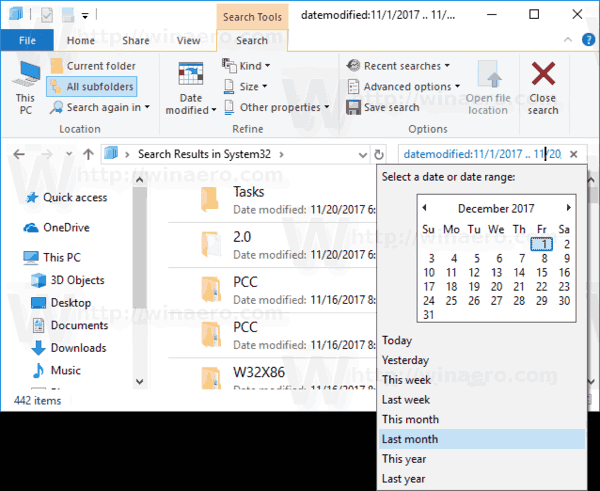
Use one of the guides below depending on the tool that you wish to use. Our recommended tools would be SpaceSniffer and WinDirStat. This makes it much easier for you to identify large chunks of files taking significant space on your hard drive. Many third-party tools allow you to view a visual representation of your PC’s disk usage. 2 Best apps to find large files on Windows The file size will be in bytes which can make it a bit difficult to judge the size of files in terms of gigabytes.Īnd that’s it! You will now have found the largest files on your PC using PowerShell in Windows 11. PowerShell will now find and display the 20 largest files on your system along with their size. If you wish to view the top 20 files, then replace ‘select-first 10’ with ‘select-first 20’. You will now get a list of the top 10 largest files currently taking the most disk space on your system. Gci -r| sort -descending -property length | select -first 10 name, length Press Enter on your keyboard once you are done.Ĭopy-paste the command below in the PowerShell window and press Enter on your keyboard. Click on the address bar at the top and type in ‘PowerShell’. Press Windows + E on your keyboard and navigate to the location where you wish to look for large files. Just like the command for CMD, PowerShell will scour your local files based on a minimum size and display all the files larger than it. You can also find large files on your system using PowerShell. You can use this list to identify the largest files in the current location and then delete them at your discretion to free up some disk space on your system. You will also find the path for each file on your local storage in the text file. If you wish to define a larger minimum size, then replace ‘1073741824’ with one of the following options below.Įxecute the command with your desired variables and a text file will be created in the same location with a list of all the large files found on your system based on your criteria. The above command will look for files larger than 1GB on your PC. Similarly, if looking for files less than 10GB then you can use the following command.

1.1.2 Switch back to the new file explorer.1.1 What if the search does not work for you: Tips to try.Method #01: Using Search in explorer (Recommended).


 0 kommentar(er)
0 kommentar(er)
